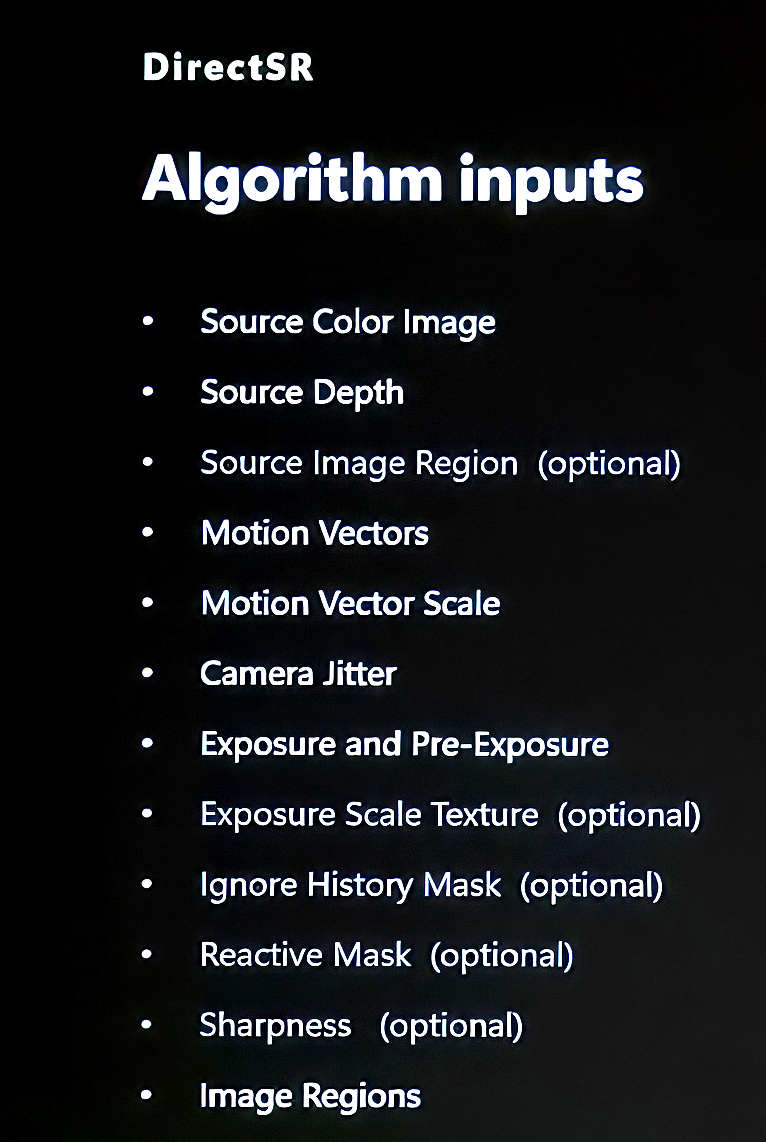DirectSR – Microsoft’s effort to make an interface for various upscaling technologies

Microsoft DirectSR, Source: Microsoft/4Gamer
At GDC 2024, Microsoft, AMD, and NVIDIA presented a new technology that could simplify upscaling implementation in the future. Instead of requiring individual game developers to add new technology for each vendor, Microsoft is proposing a solution that can streamline the implementation process, allowing developers to easily incorporate all market-available solutions. Apparently, it doesn’t even matter whether the upscaling uses GPU or NPU because both options are to be supported.
DirectSR could address one of the biggest frustrations among gamers who have already purchased hardware but find that their game does not yet support their preferred upscaling technology. If games supported DirectSR, there wouldn’t be much excuse for game developers not enabling other options.
The new effort aims to enable DirectSR support across Windows PC and Xbox systems, even for games that are already released. The solution does not aim to standardize upscaling, but rather to provide a simple interface that offers all the necessary data and can route the query to the upscaler. This is feasible because upscalers often use similar, if not identical, sets of variables, which makes the DirectSR effort possible.
Microsoft DirectSR inputs, Source: Microsoft/4Gamer
Microsoft intends to take care of preprocessing and preparing all the parameters upscalers may need, then call the required upscaler, whether it be DLSS, FSR, or XeSS, meaning that none has to be implemented separately.
Microsoft is also suggesting that once a new upscaler is released, requiring new parameters, the DirectSR runtime can easily be updated to support these new variables.
Unlike Work Graphs, another interesting technology that was presented at GDC, DirectSR does not yet have a release date or beta. Microsoft has only started development of this technology, and how it will be adopted by developers is uncertain. However, given that AMD and NVIDIA are on board, it indicates that the two largest GPU vendors are already interested.
Source: 4Gamer

